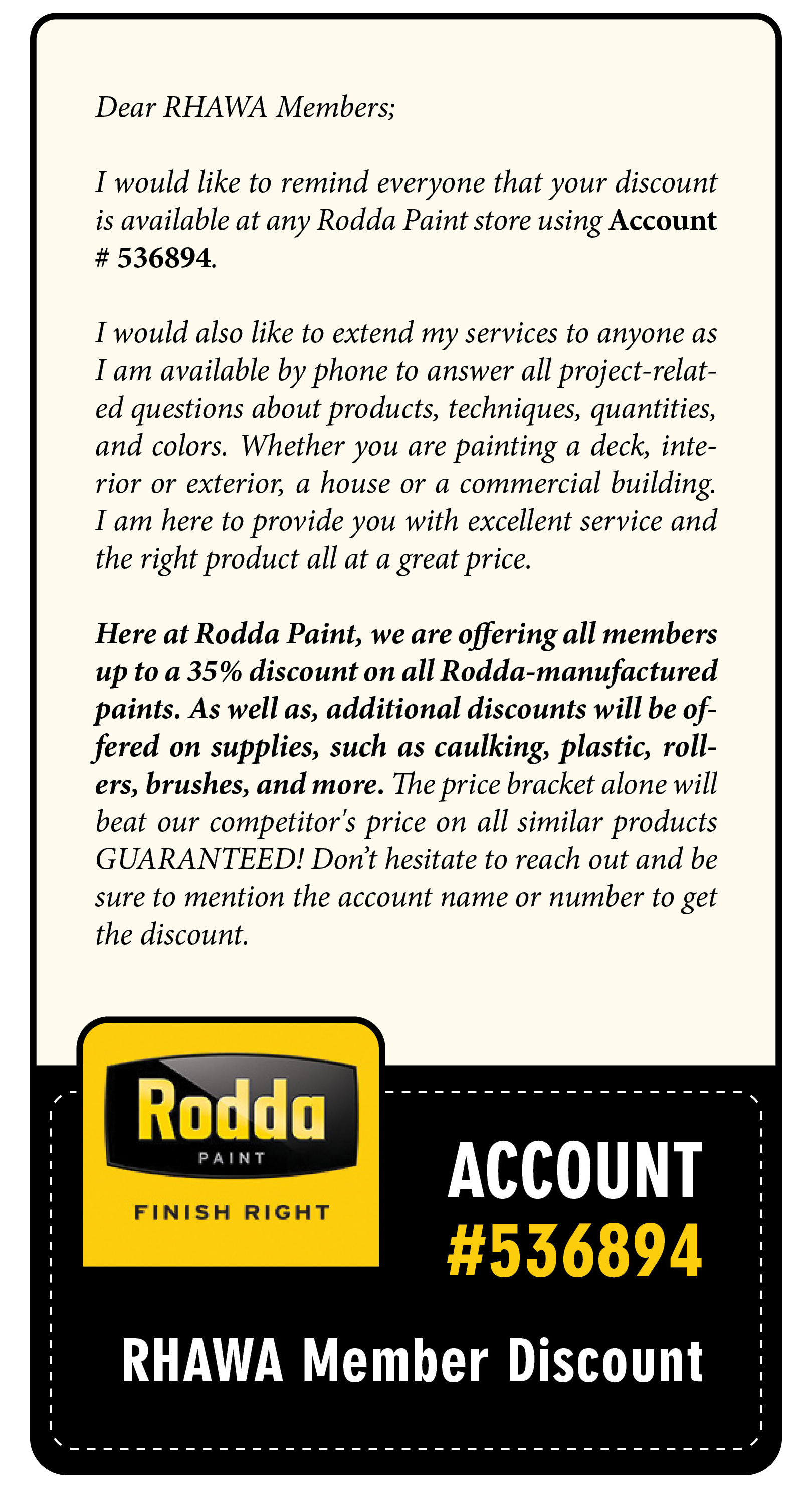MAINTAINING EXTERIOR PAINT Check Paints and Stains Twice a Year and Take Steps as Appropriate.
A. Mold & Mildew
Exterior paints can support the growth of mildew, particularly after they have weathered more than a couple of years. Flat paints, oil-based paints, and economy paints are most prone to mildew growth. It is most likely to occur on northern exposure and in shaded and damp areas.
 Where mildew is detected:
Where mildew is detected:
- Cover plants and grass in the area
- Apply a 3:1 mixture of water: household bleach to the mildewed area plus a 1-foot margin, using a brush or garden sprayer; wear eye and skin protection; with colors, always perform a small test area to ensure the solution does not cause fading.
- Allow the mixture to remain on for 20 minutes; add more as it dries.
- Rinse the area thoroughly.
B. Dirt & Chalk
Airborne dirt can accumulate on paint darken it, and be a source of nutrients for mildew. The chalky pigment can be released from paint as it weathers, resulting in fading of colors and unsightly rundown. Both dirt and chalk can be removed by scrubbing or power washing.
- Scrubbing is best done with a mild detergent and scrub brush, followed by thorough rinsing. Harsh alkaline cleaners such as TSP can reduce the gloss of alkyd paints and some latex paints.
- Do power washing with plain water, without the addition of cleaning agents or bleach; use care to not lift paint or damage the substrate. It is an aggressive cleaning method, to be done only when necessary, normally 1-2 times per year maximum.
C. Efflorescence
Moisture from within or behind a masonry substrate can carry white powdery salts out, undermining the paint or disfiguring the surface.
- Remove any build-up of efflorescence using a stiff metal wire brush; wear eye and skin protection, and a dust mask.
- If possible identify and eliminate the source of water causing the efflorescence.
- Where necessary, prime with a latex masonry primer, and repaint.
D. Check Condition
It is important to monitor the condition of exterior paint to catch failures early, and thus minimize subsequent failures. In addition to assessing exterior paint for dirt, chalk, mildew, and efflorescence, and treating as outlined above, check paint even closer for the following, and repair immediately:
- Cracking or checking
- Blistering, peeling, loss of adhesion
- Serious fading and loss of gloss
- Signs of rusting
Sales Representative Tim Puckett, can be contacted at: Email: tpuckett@roddapaint.com. Rodda Paint 409 M. Thierman Rd. STE B, Spokane, WA 99212, Phone: (509) 868-3552.

